Step 4. In the reward circuit, three structures form an important axis: the caudate nucleus, the nucleus accumbens and the anterior commissure. They connect the frontal lobe to the limbic system (e.g. hippocampus and amygdala), regulating motivation and thus how one engages in certain behaviours and motor movement.
- Caudate Nucleus (blue): Sculpt two longer rolls with a thicker frontal side and a thin end, resembling a head with a thin tail. Place these rolls on both sides laterally to the lateral ventricles, with the thin end extending into the amygdala.
- Anterior Commissure (white): Sculpt a thin tube and place it frontally between both caudate nuclei.
- Nucleus Accumbens (orange): Model two oval spheres and place them frontally on the anterior commissure.
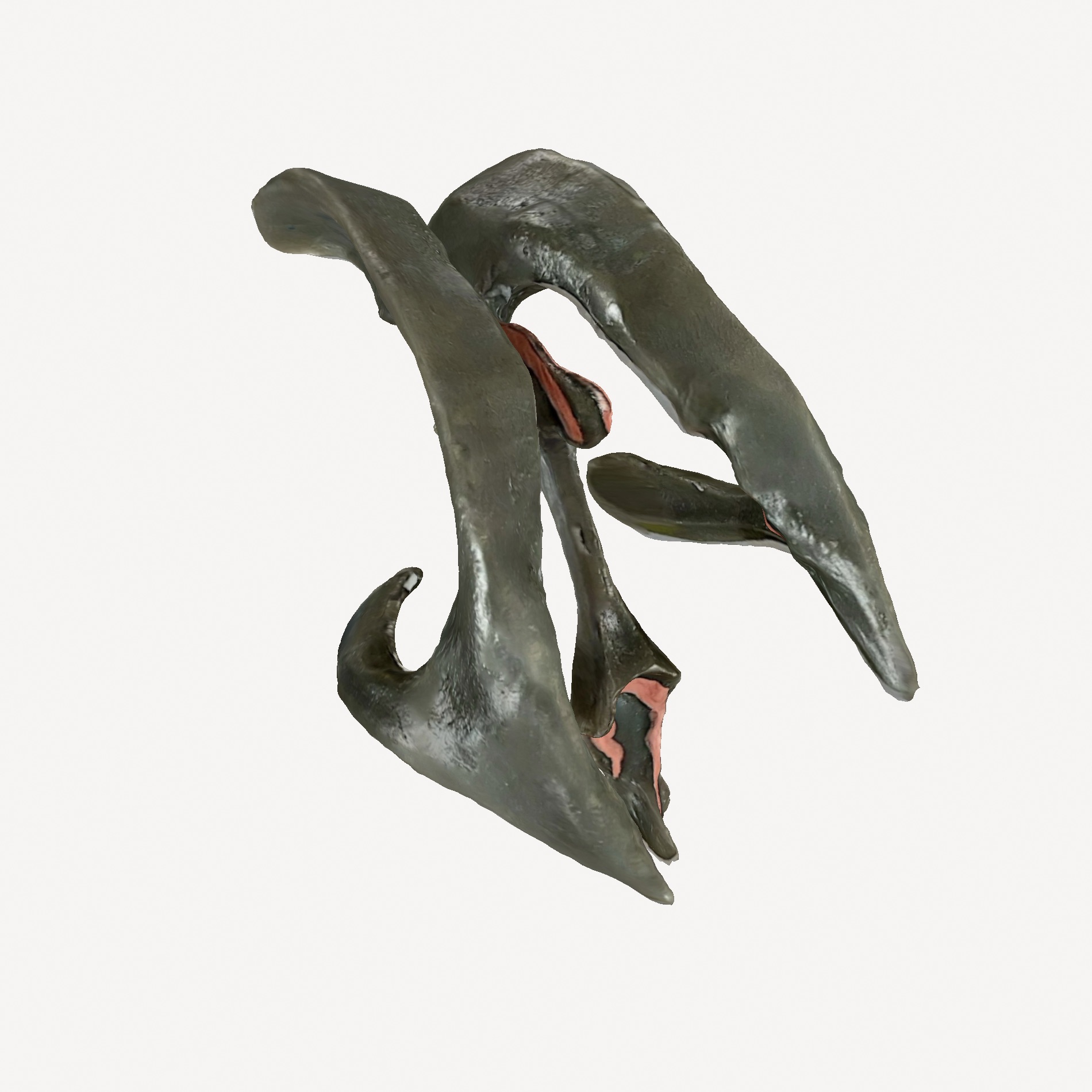
00 Ventricular system
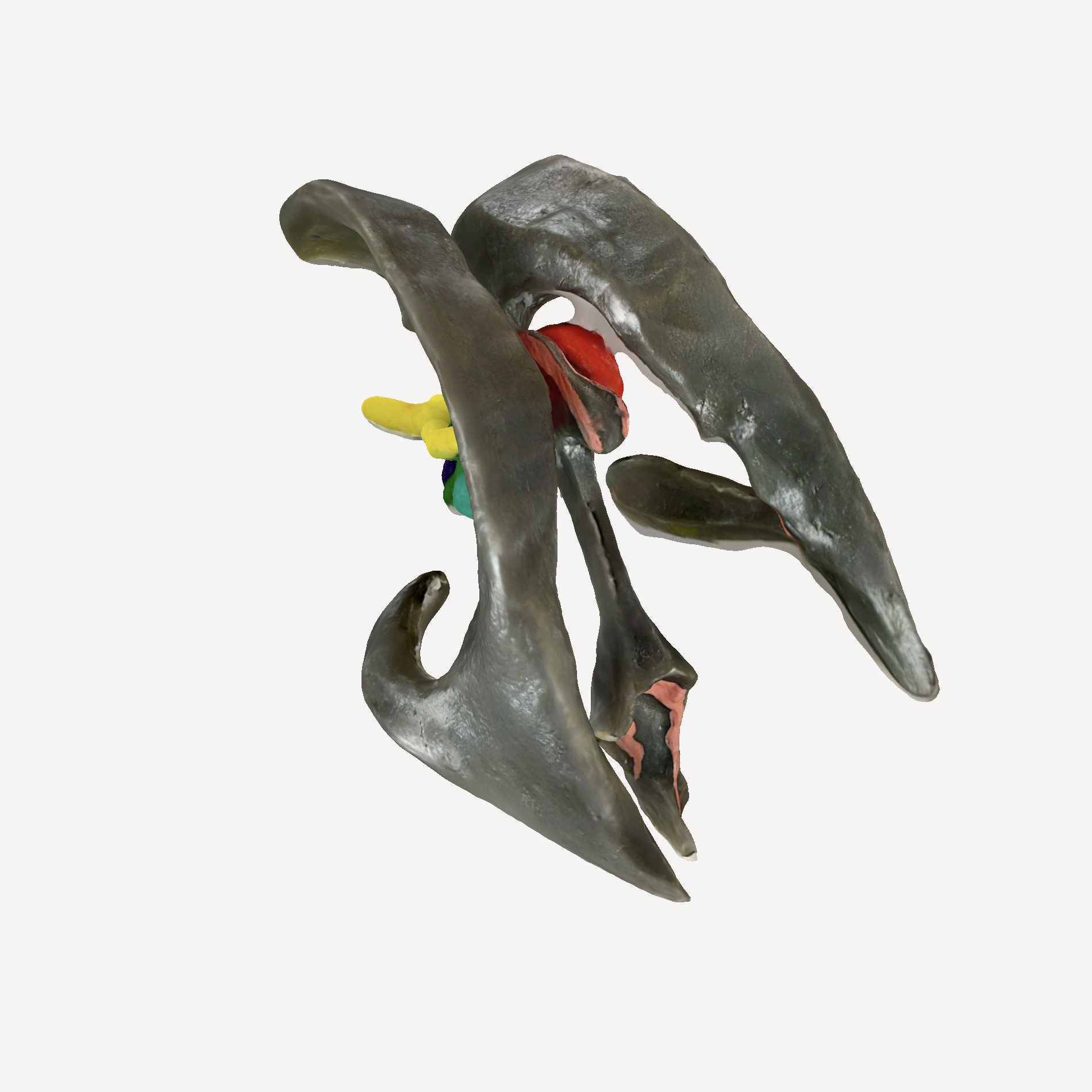
01 Thalamus, Hypothalamus, Pituitary Gland, Optic Chiasm, Mammillary Bodies
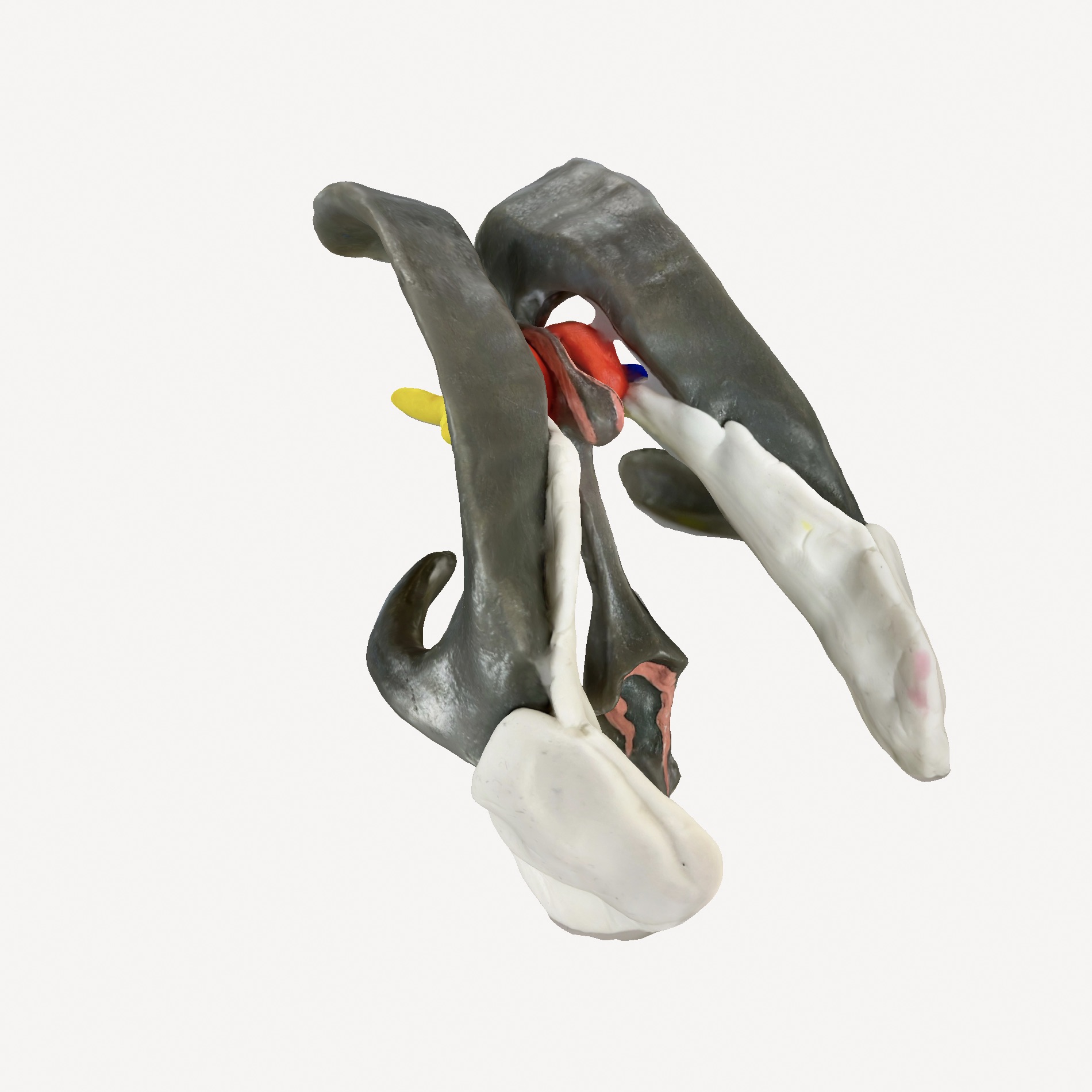
02 Optic Radiation

03 Limbic System

04 Reward System
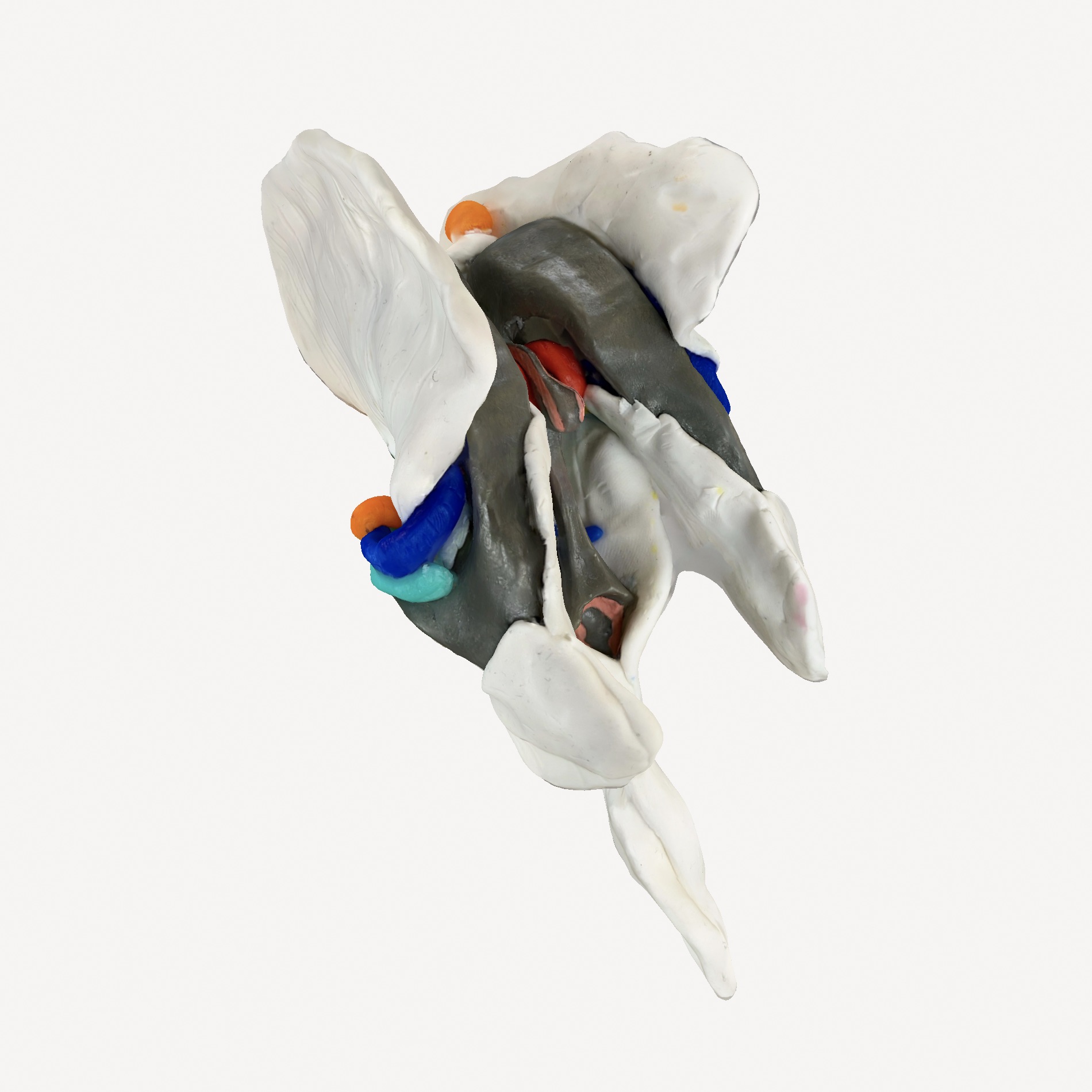
05 Corticospinal Tracts
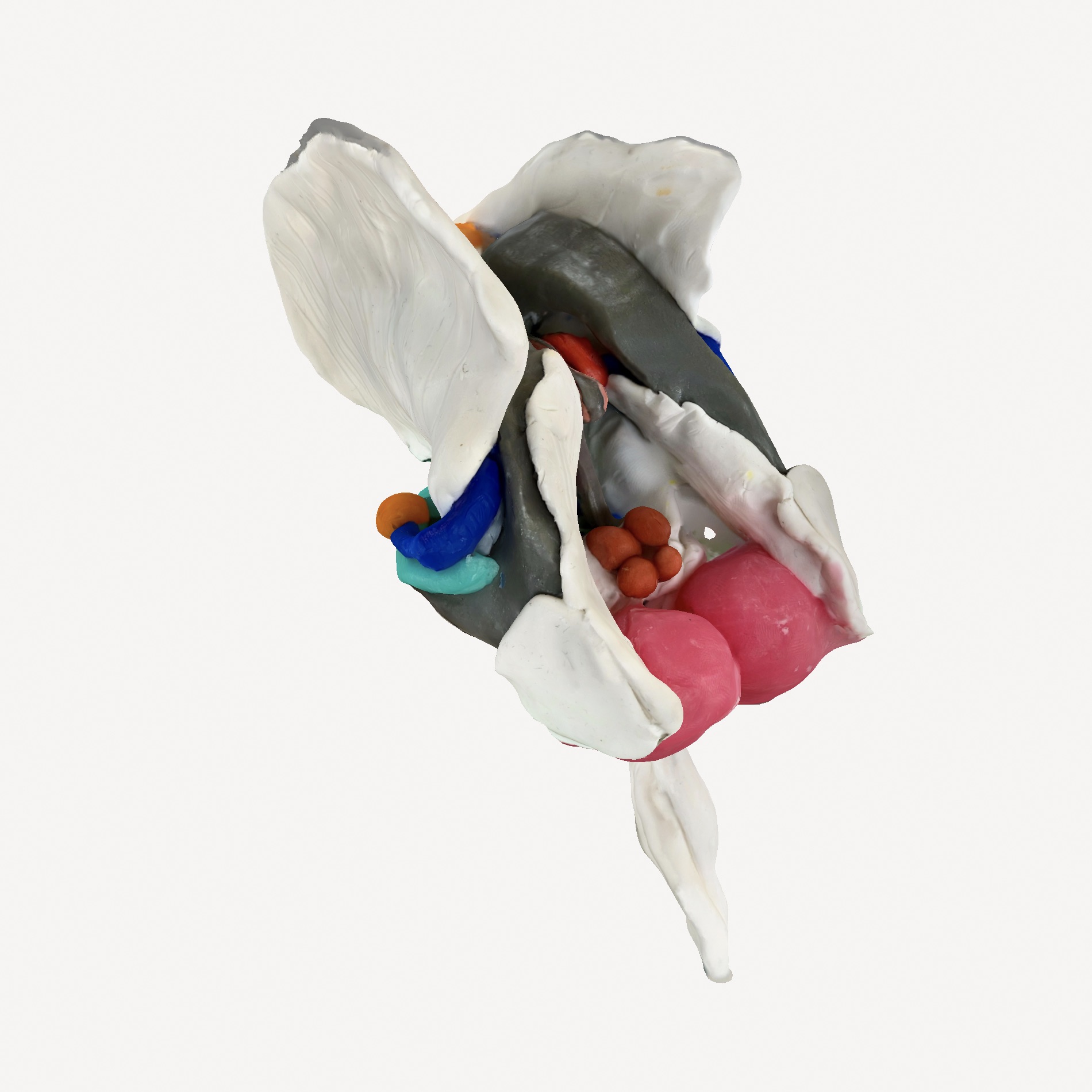
06 Cerebellum
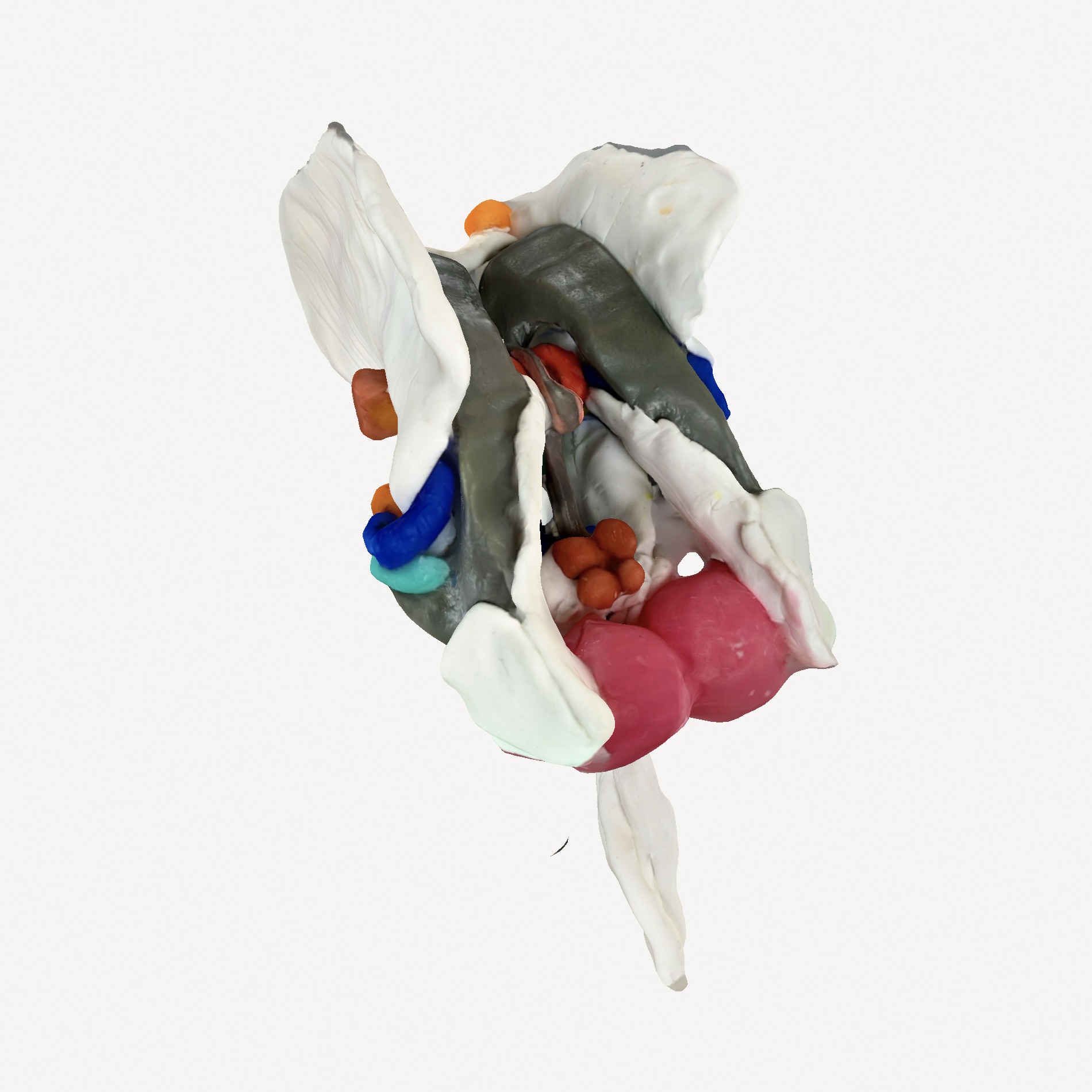
07 Basal Ganglia
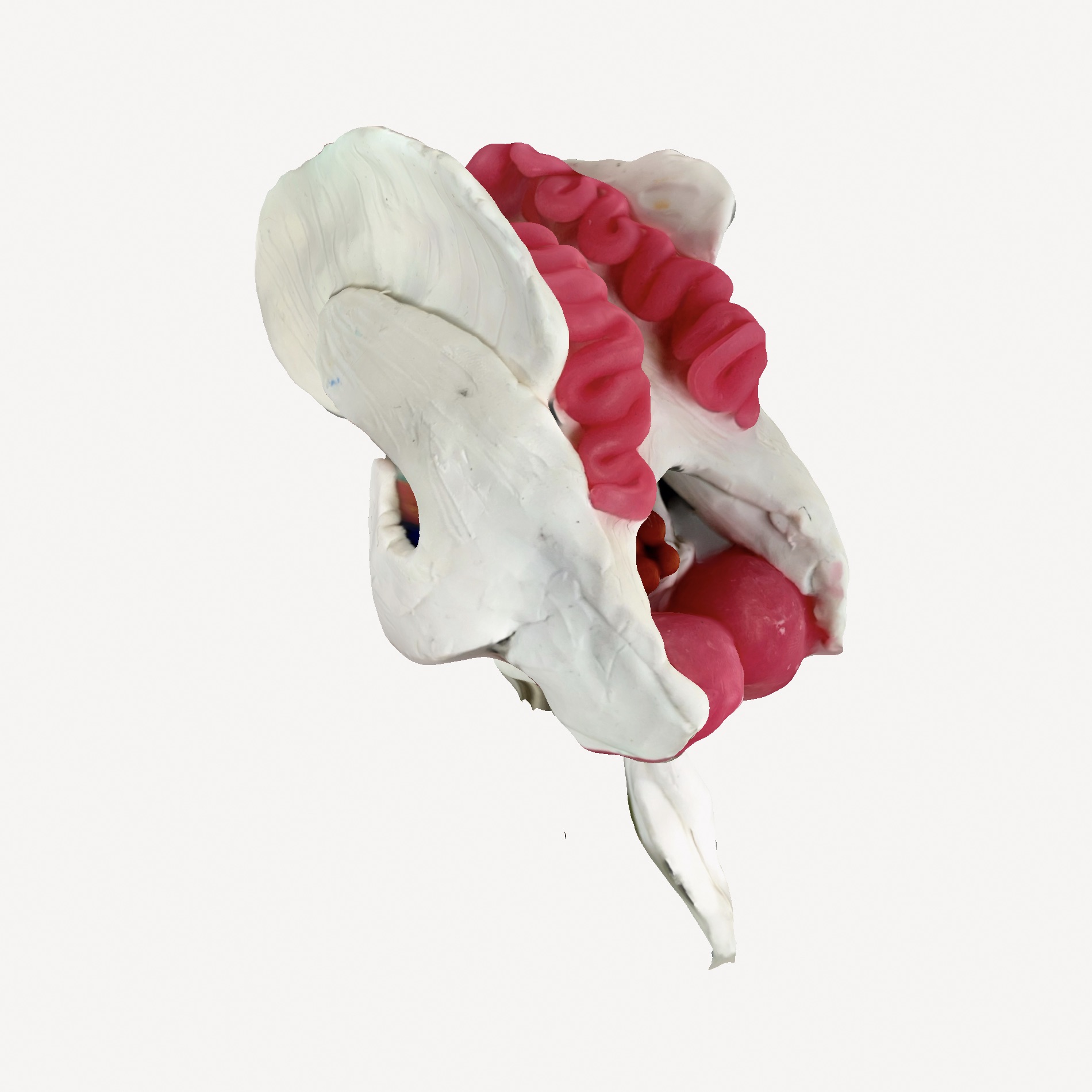
08 Connections: Corpus Callosum, Cingulate Gyrus, and White Matter Networks
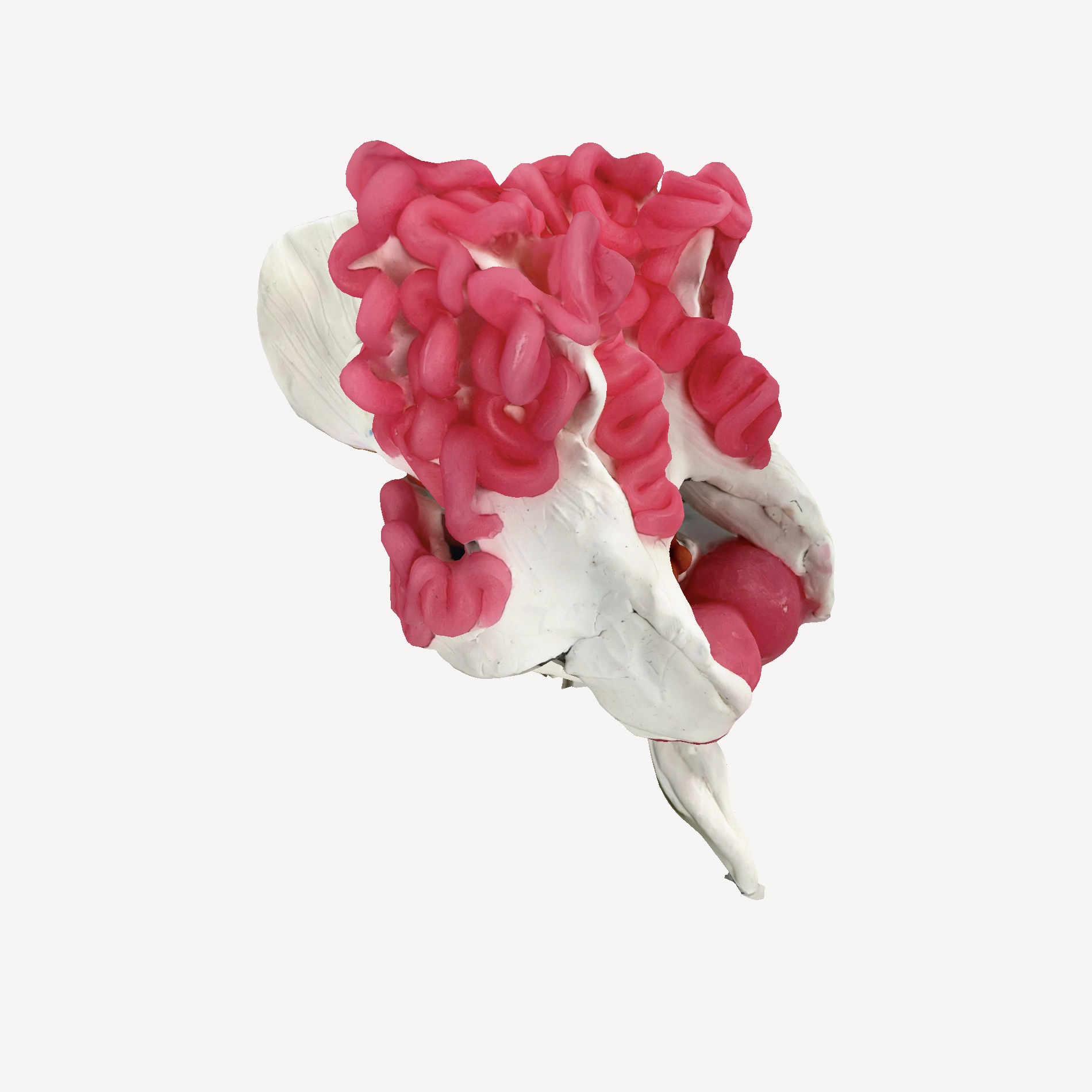
09 Structure of the Cerebrum, Starting with Three Important Gyri

10 Structure of the Cerebrum, Frontal, Parietal, and Occipital Lobes


